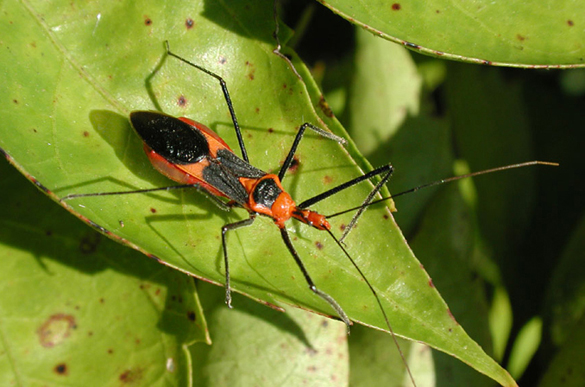Humans should be the scariest animals in nature but well google says snakes should top the list
This article contains the uncommon scary animals in nature
Ever heard of the aye-aye ?
Harmless but creepiest animal
In Malaysia, the aye-aye is considered to be bad luck.

The word aye-aye in Yoruba is also related to creepy connecting to black magic
The aye-aye is a long-fingered lemur, a strepsirrhine primate native to Madagascar with rodent-like teeth that perpetually grow and a special thin middle finger.
It is considered the world's largest nocturnal primate in nature.
The aye-aye, scientific name: Daubentonia madagascriensis
Average mass of an adult aye-aye is 2.4 kg
Gestational period ranges between 152 to 172 days
Their conservation status reads endangered and populations seems to be decreasing
Blue Ringed octopus
Are four highly venomous species of octopus that are found in tide pools and coral reefs in the Pacific and Indian oceans, from Japan to Australia.[2] They can be identified by their yellowish skin and characteristic blue and black rings that change color dramatically when the animal is threatened. They eat small crustaceans, including crabs, hermit crabs, shrimp, and other small sea animals ______comprising the genus Hapalochlaena
They are one of the world's most venomous marine animals.[3] Despite their small size—12 to 20 cm (5 to 8 in)—and relatively docile nature, they are very dangerous to humans if provoked when handled because their venom contains the powerful neurotoxin tetrodotoxin. The species tend to have a lifespan of approximately two to three years. This may vary depending on factors such as nutrition, temperature and the intensity of light within its habitat.
The Poison Dart Frog
These frogs are considered one of Earth's most toxic, or poisonous, species. With a range of bright colors—yellows, oranges, reds, greens, blues—poison dart
How poisonous is a poison dart frog?
Image result for The Poison Dart Frog
Let's jump straight to the most dangerous toxin our Phyllobates poison dart frogs secrete – batrachotoxin. When a predator consumes one of these frogs, the secreted batrachotoxin goes to work, attacking the nervous system and causing convulsions, muscle contractions, salivation, and even death
Assassin Bug
Assassin bugs (family Reduviidae) are predatory insects that are of great benefit to gardeners.
They are proficient at capturing and feeding on a wide variety of prey including other bugs, bees, flies, and caterpillars. Prey are captured with a quick stab of the assassin bug’s long mouthparts.
 |
| Zelus longipes |
After being immobilized by a paralyzing toxin, the prey’s body fluids are then drawn through the assassin bug’s soda straw-like mouthparts.
Most species of assassin bugs are gray to black or brownish in color, though some are brightly colored.
Zelus is a common genus with several species in Texas.
The milkweed assassin bug, Zelus longipes, is the most distinctive species.
At least one species of Zelus has been reported as a household invader in the fall and winter.
Ambush bugs are a type of assassin bug that lie in wait for their prey on flowers. Some of these species are colored to blend in perfectly with their flower hiding places.
The wheel bug is the largest of the 150 or so species of assassin bugs known from North America. Adult wheel bugs are gray and approximately 3 cm (1 ¼ inches) long. Its name comes from the distinctive, cog-like crest arising from the top of the thorax, or middle section, of the wheel bug’s body (see photo). Wheel bugs will attack larger insects like grasshoppers and larger caterpillars
 |
| wheel bug |
Control
Because assassin bugs are predatory insects, and beneficial for the garden, control is not recommended. Assassin bugs, including wheel bugs, are generally not very abundant and do not require insecticidal sprays.











Comments
Post a Comment